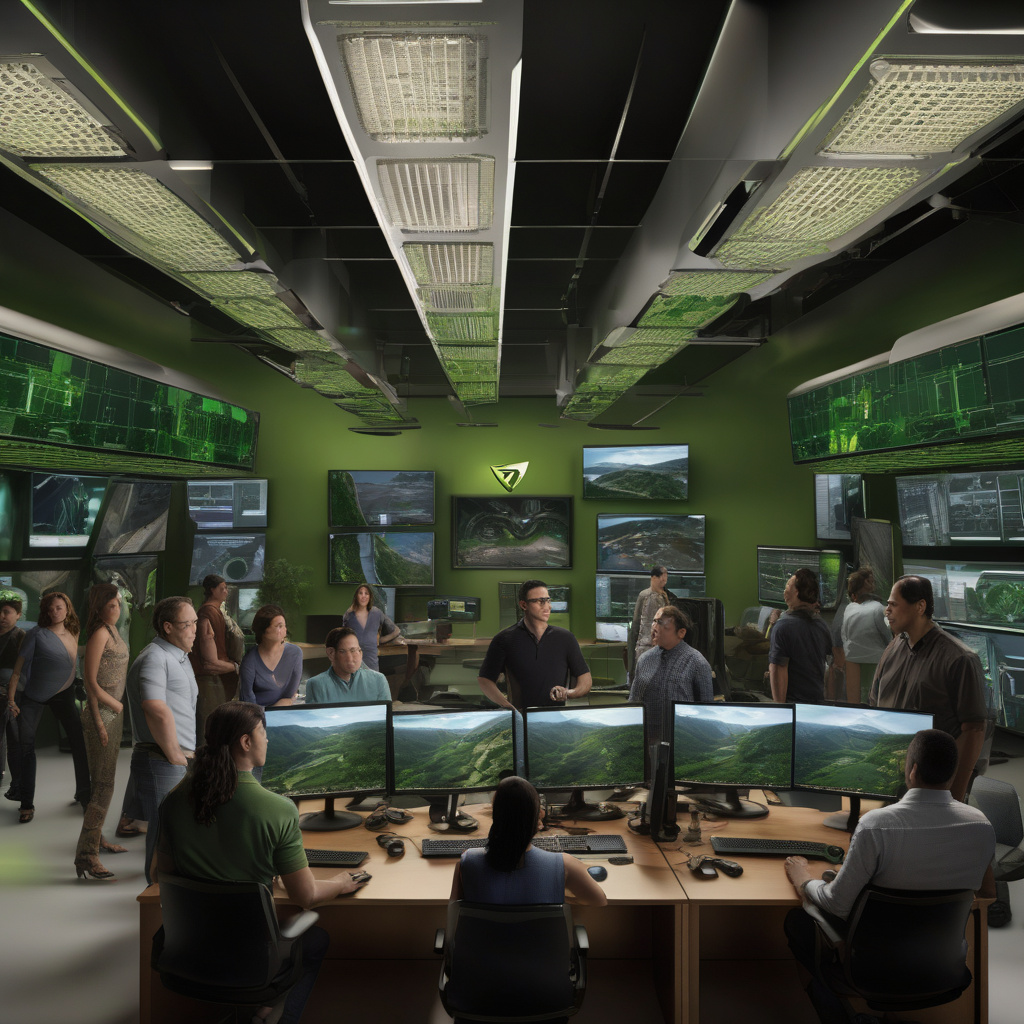NVIDIA, a trailblazer in the realm of graphics processing units (GPUs), has recently set the tech world abuzz with its announcement of transformative modifications to CUDA, its parallel computing platform. This overhaul marks a significant departure from its traditional approach after nearly two decades of CUDA’s establishment.
The CUDA platform, introduced by NVIDIA in 2007, has been instrumental in enabling developers to harness the power of GPU-accelerated computing for a wide array of applications, from scientific simulations to artificial intelligence. However, with technology evolving at a breakneck pace, NVIDIA recognized the need to adapt CUDA to meet the ever-growing demands of modern computing landscapes.
One of the key changes NVIDIA is implementing involves enhancing CUDA to better support heterogeneous computing environments. This shift aims to facilitate seamless integration of GPUs with other processing units, such as CPUs, to maximize performance and efficiency. By reimagining CUDA through a heterogeneous lens, NVIDIA is poised to unlock new possibilities for developers seeking to leverage diverse computing resources in their applications.
Moreover, NVIDIA’s revamped CUDA is set to introduce advanced programming models that streamline the development process and enhance productivity. By offering more intuitive tools and frameworks, NVIDIA is empowering programmers to unleash the full potential of GPU-accelerated computing without grappling with complex technicalities. This user-centric approach aligns with NVIDIA’s commitment to democratizing access to GPU technologies and fostering innovation across industries.
Furthermore, NVIDIA’s decision to revamp CUDA underscores its dedication to staying ahead of the technological curve and addressing the evolving needs of developers worldwide. By proactively adapting CUDA to align with emerging trends such as edge computing, machine learning, and data analytics, NVIDIA is solidifying its position as a frontrunner in the realm of high-performance computing.
In conclusion, NVIDIA’s bold move to overhaul CUDA after nearly two decades symbolizes its commitment to innovation, adaptability, and empowerment within the developer community. By embracing change and pushing the boundaries of GPU-accelerated computing, NVIDIA is not only shaping the future of technology but also inspiring a new wave of creativity and advancement in the IT landscape. Stay tuned as these radical changes to CUDA pave the way for a more efficient, accessible, and transformative computing experience.

